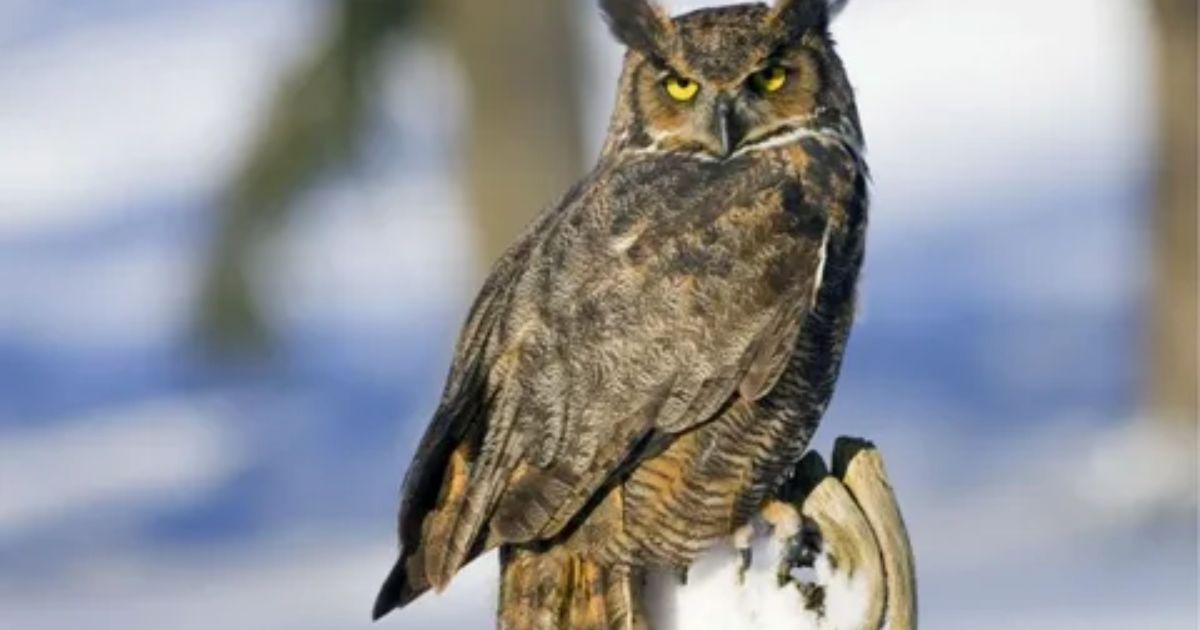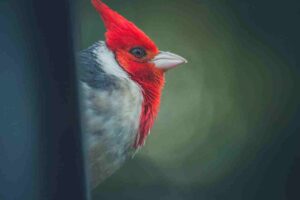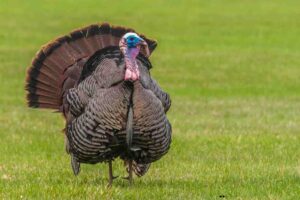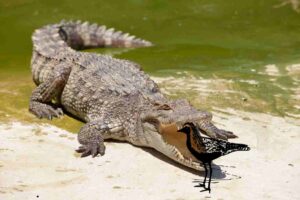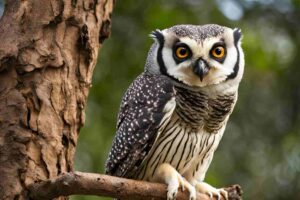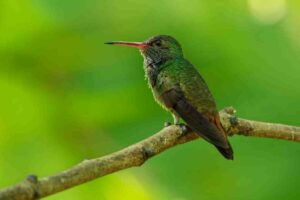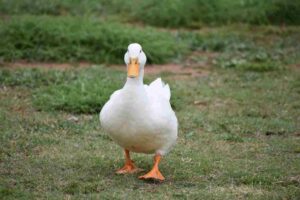The great horned owl, known for its impressive size and striking features, is a captivating bird that commands attention in its natural habitat. This article will explore the great horned owl flying, its flight characteristics, and what makes it one of the most fascinating raptors in the world.
Great Horned Owl in Flight
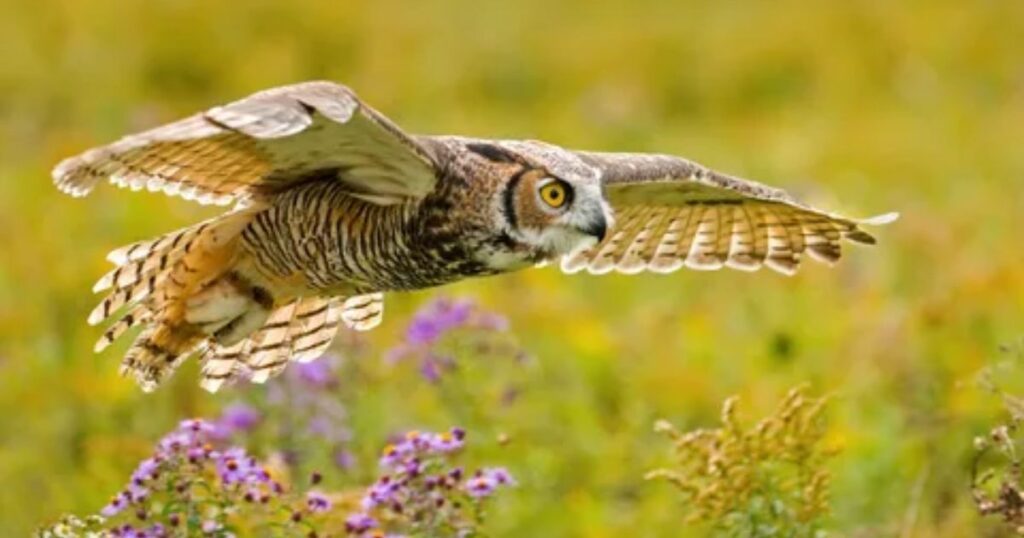
The great horned owl (Bubo virginianus) is a robust bird, distinguished by its tufted “horns” and intense yellow eyes. When observing a great horned owl in flight, you can’t help but notice its incredible wingspan. Ranging between 3.3 to 4.8 feet, their wings are built for both stealth and power, allowing them to maneuver through dense woodlands and open fields with ease.
This species is native to the Americas and is one of the most widespread owls on the continent. The great horned owl’s ability to adapt to various environments is a testament to its resilience. From urban areas to remote forests, the great horned owl has established itself as a top predator. For those interested in learning more about bird behavior, you can explore this what a group of turkeys is called.
Horned Owl Flying: A Study in Grace and Power

When we speak about horned owl flying, we delve into the features that make these birds exceptional aviators. Their flight is characterized by a slow, deliberate rhythm, blending both grace and purpose.
The great horned owl has large wings that are not only broad but also slightly rounded at the tips, which helps it to glide silently in pursuit of prey. One of the most striking characteristics of the great horned owl in flight is its ability to fly silently, thanks to the unique structure of its feathers. The fringed leading edges and velvety texture of their plumage help to muffle sound, making them stealthy hunters under the cover of darkness.
Horned Owl in Flight: Hunting Techniques
Observing a horned owl in flight offers a unique perspective on its hunting techniques. These owls primarily hunt at dusk and dawn, utilizing their excellent night vision to spot small mammals, birds, and even reptiles. Once they have identified a target, the great horned owl will launch itself into the air with powerful, broad wing strokes, using its keen sense of hearing to track the movements of its prey.
During the hunting phase, the great horned owl can reach speeds of up to 40 miles per hour while flying. This speed, combined with their ability to navigate quickly through trees and underbrush, makes them highly effective predators. Their talons are exceptionally strong, allowing them to grasp and immobilize prey with incredible force. For more insights into avian behavior and symbolism, you can explore this link: mockingbird symbolism.
Great Horned Owl Flying: The Nesting Period
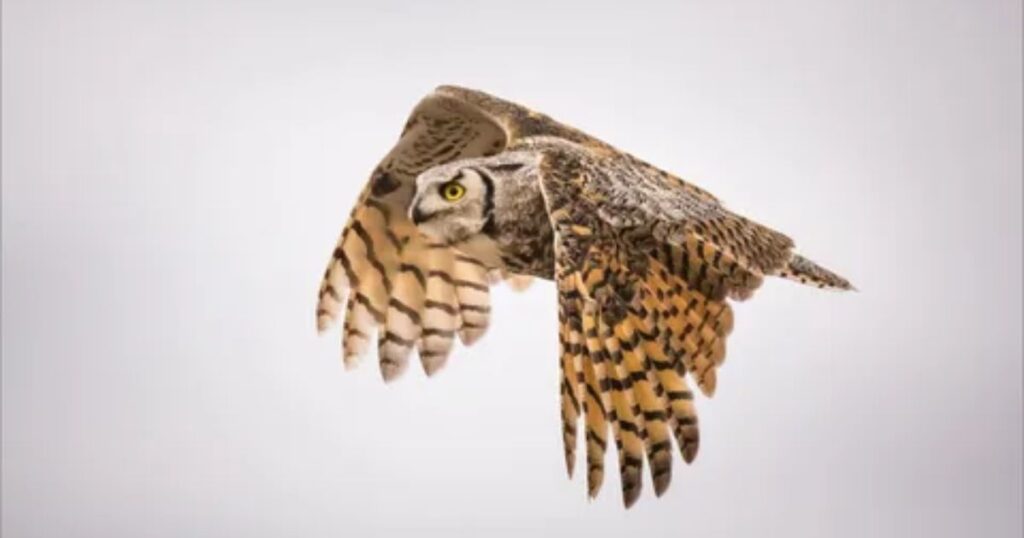
The great horned owl flying behaviors are not only influenced by hunting but also play a crucial role during the nesting period. These owls typically begin nesting in late winter, usually in abandoned nests of other birds or in tree cavities. During this time, the adults will take turns hunting and feeding their young.
In the days leading up to nesting, pairs of great horned owls engage in elaborate courtship displays that include synchronized flight and vocalizations. The male will often call loudly to establish territory and attract a mate, showcasing the impressive auditory component of their behavior.
Horned Owl Wings: Structure and Function
The wings of the great horned owl are a marvel of natural engineering. Their large wings are built for both strength and agility, allowing them to navigate complex environments. The remiges, or flight feathers, have a unique structure that enhances their flying capabilities. These feathers provide lift while enabling sharp turns and rapid descents, crucial for catching their prey in the dense woodland habitat.
Moreover, the wingspan aids in maintaining stability during flight, especially when hunting in windy conditions. The great horned owl’s powerful wing beats give it the capacity to soar and glide over longer distances, facilitating efficient hunting strategies.
Conclusion
The great horned owl flying is not just a mesmerizing sight; it’s an incredible display of natural adaptation and skill. With its powerful wings, silent flight, and acute hunting abilities, the great horned owl is a magnificent predator that embodies the wild spirit of nature. Whether you’re a birdwatcher, a nature enthusiast, or simply someone who appreciates the beauty of wildlife, observing a great horned owl in flight is a profound experience that connects us to the wonders of the natural world.
FAQs
What do great horned owls eat?
Great horned owls primarily eat small mammals, birds, and occasionally reptiles. They have a varied diet and can adapt their hunting habits based on prey availability.
How can I identify a great horned owl?
Great horned owls are identifiable by their tufted “horns,” large size, yellow eyes, and the mottled brown and white pattern on their feathers.
Are great horned owls active during the day?
While great horned owls are predominantly nocturnal, they can sometimes be seen during the day, especially in areas where they feel safe.
Where do great horned owls nest?
Great horned owls typically nest in tree cavities, abandoned nests of other birds, or on ledges of cliffs. They do not construct their own nests.
